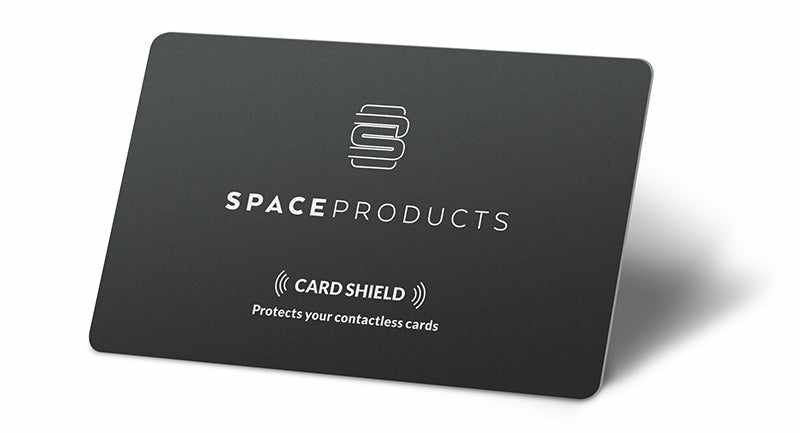
Card security:This is how useful an RFID wallet is
Data protection is extremely important and most people are meticulous about protecting their personal information. but while people are particularly careful online, the numerous cards in their own wallet are often neglected. sensitive data is stored on credit cards, bank cards and health insurance cards and must not fall into the wrong hands. many cards, also called nfc cards, have integrated rfid (radio frequency identification) technology, which makes contactless payment possible. but at the same time, data can also be transmitted contactlessly and unnoticed. solutions for this are offered by special rfid protection through an rfid wallet or an rfid protection card. here you can find out how these wallets work and how useful rfid protection is.
This is how the rfid wallet works
We encounter radio frequency identification technology everywhere and, in addition to cards, it is also used for electronic keys. to prevent nfc cards from being read unnoticed in your wallet, some companies offer special rfid wallets for men and women that have an integrated rfid protective layer in their compartments. this so-called rfid blocker completely blocks out the radio waves. since the waves cannot get through the protection in the inner lining, no signals are transmitted outside. the cards are therefore completely invisible to reading devices as long as they remain inside the wallet. for this shielding, aluminum layers or jammers are often sewn into the lining of the wallet. it doesn't matter whether the wallet is made of leather or not, because rfid wallets are available in a variety of materials.
These types of rfid blockers exist
There are three different types of rfid blockers for the cards in your wallet that can protect personal data from unauthorized access. in addition to rfid wallets, there are also rfid protective cases and rfid protection cards with the same functions to choose from. below we briefly introduce the three rfid blocker variants:
As already described above, the rfid wallet has a protective layer or a jammer sewn inside the wallet. depending on the manufacturer, the products vary in size, color and quality.
The protection card uses a jammer to prevent third parties from reading the data. it sends out a signal that disrupts the rfid frequency (usually 13.56 megahertz) and makes the information unreadable. protection cards are the same size as standard bank and credit cards and are inserted into the wallet alongside the other nfc cards.
The protective sleeves usually offer space for one or more cards and usually fit into the card compartment of the wallet. there are also some larger passport models available that may be useful for traveling abroad.
Can you test the rfid protection??
After purchasing an rfid wallet, protective card or protective cover, many people want to know immediately whether the promised rfid protection really works. this can easily be tested yourself using different methods. the easiest way to do this is with a special application. there are numerous apps that can be downloaded directly to your smartphone. if an nfc card without rfid protection is held against the cell phone, it will be read using the app. if you repeat the same thing with rfid protection on the bank card, it should no longer be recognized.
If you don't want to download an app onto your smartphone, you can also test your rfid protection in a supermarket or other store. at the checkout, hold your bank card in the rfid wallet, protective cover or together with the protective card at the reader. if the nfc card is not recognized, the protection works. to avoid confusion, it is best to let store staff know about the small test in advance.
How useful are rfid blockers?
An rfid wallet or other rfid protection makes sense because without this security measure, a lot of data can be easily stolen. basically, all you need to read an nfc card is a smartphone with the appropriate app. for example, the remaining balance and the most recent transactions can easily be read from a bank card. in the worst case scenario, a hacker can withdraw money directly from the card without the card owner noticing. to do this, he only has to stand within a radius of nine meters from his victim.
RFID wallets do not protect NFC cards 100 percent, but they make it extremely difficult for unauthorized people to read the cards. With RFID protection working, a data thief has to get within ten centimeters of the data in order to access the data with a special reader or smartphone. However, such an approach is quickly noticed, making it too risky for many people.
If you don't want to buy a special rfid wallet right away, you can just buy one RFID protection card use. You put these in your wallet with your cards. It blocks signals just as well and prevents yours from being read